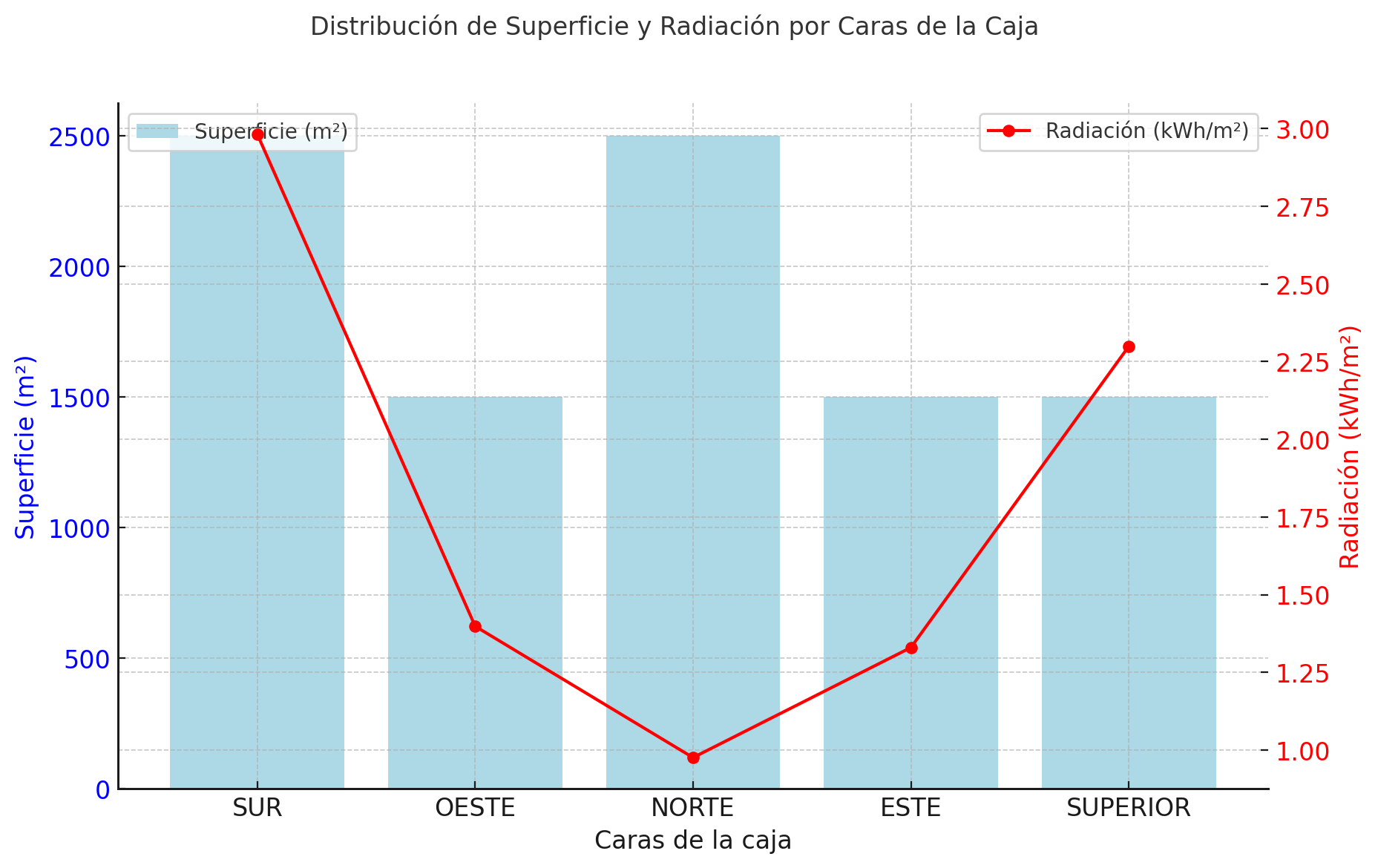Energy Optimization with Bioinspired Geometric Patterns
Artificial Intelligence in Passive Architectural Design
DOI:
https://doi.org/10.18861/ania.2025.15.1.4048Keywords:
Biomimicry, Artificial Intelligence, Passive Design, Sustainable Architecture, Parametric Models, Energy Efficiency, Computational Simulations, Solar Protection, Bioinspired Geometries, Architectural OptimizationAbstract
Climate change, together with the sustained rise in energy consumption across the building sector, poses critical challenges for architectural sustainability—particularly in Mediterranean climates, where summer solar radiation is especially intense. This study evaluates the hypothesis that biomimicry, supported by parametric tools and artificial intelligence (AI), can overcome the limitations of conventional passive design by enhancing both the energy efficiency and climatic responsiveness of building envelopes. The purpose of the research is to verify this hypothesis through the examination of three bio-inspired geometric configurations—Delaunay, Voronoi, and Metaball. These models were developed using biomimetic principles, digital simulations, and AI algorithms, and were applied to a representative architectural prism located in the Community of Madrid to assess their capacity to reduce incident solar radiation during the summer months. Pattern generation was carried out in Rhinoceros 8/Grasshopper, while climatic performance was assessed with Ladybug Tools 1.5.0 (Radiance/Daysim). The geometric variants were optimized with the multi-objective genetic algorithm NSGA-II, implemented in Python 3.10 with the DEAP library and integrated into Grasshopper via GhPython. The specific objectives were (i) to decrease incident solar radiation and (ii) to limit material complexity, thereby ensuring the constructability of the proposals. The results indicate that this approach not only achieves significant mitigation of solar radiation but also delivers innovative and adaptable solutions that integrate functionality, energy efficiency, and aesthetics. These strategies hold considerable potential to redefine sustainable architectural design, laying the groundwork for new practical applications that reduce energy consumption and address contemporary climatic challenges. The study underscores the impact of the convergence of biomimicry, parametric technology, and artificial intelligence, opening pathways for the development of more resilient architectural models aligned with global energy demands.
Downloads
References
Badarnah, L. (2017). Form Follows Environment: Biomimetic Approaches to Building Envelope Design for Environmental Adaptation. Buildings, 7(2), 40. https://doi.org/10.3390/buildings7020040
Betman, G., et al. (2023). Artificial Intelligence in Architecture: Challenges and Opportunities for Sustainable Design. International Journal of Sustainable Architecture, 11(4), 67–89.
Dumitru, C., & Zamfirescu, D. (2019). Voronoi Structures in Sustainable Building Design. Advances in Computational Design, 4(3), 123–141.
González, J., & Fiorito, F. (2015). Daylight Design of Office Buildings: Optimisation of External Solar Shadings by Using Combined Simulation Methods. Buildings, 5(2), 560-580. https://doi.org/10.3390/buildings5020560
Kim, S., & Park, J. (2019). Adaptive Shading Systems Inspired by Natural Mechanisms: An Algorithmic Approach. Environmental Design and Technology, 48(5), 231–247.
Li, S., Liu, L., & Peng, C. (2020). A Review of Performance-Oriented Architectural Design and Optimization in the Context of Sustainability: Dividends and Challenges. Sustainability, 12(4), 1427. https://doi.org/10.3390/su12041427
Ramos-Sanz, F. (2019). Geometrías adaptativas: Biomímesis y diseño paramétrico en la arquitectura sostenible. Revista de Innovación Arquitectónica, 12(2), 45–67.
Taylor, E. N., Diele-Viegas, L. M., Gangloff, E. J., Hall, J. M., Halpern, B., Massey, M. D., ... & Riddell, E. A. (2021). The thermal ecology and physiology of reptiles and amphibians: A user's guide. Journal of Experimental Zoology Part A: Ecological and Integrative Physiology, 335(1), 13–44. https://doi.org/10.1002/jez.2396
Wieser, A., et al. (2024). Artificial Intelligence and Biomimetic Architecture: Advancing Passive Design Strategies. Journal of Architectural Studies, 35(1), 15–37.
Wu, Z. y Ma, G. (2023), "Generación automática de un cronograma de construcción basado en BIM: combinación de una regla de restricción ontológica y un algoritmo genético", Ingeniería, Construcción y Gestión Arquitectónica , Vol. 30, N.º 10, págs. 5253-5279. https://doi.org/10.1108/ECAM-12-2021-1105

Published
How to Cite
Issue
Section
License
Copyright (c) 2025 Marcelo Fraile Narváez

This work is licensed under a Creative Commons Attribution 4.0 International License.
The journal and its contents are licensed under the Creative Commons - Attribution 4.0 International License (CC BY 4.0). It is possible to copy, communicate and publicly distribute its content as long as the individual authors and the name of this publication are cited, as well as the publishing institution (Universidad ORT Uruguay).

